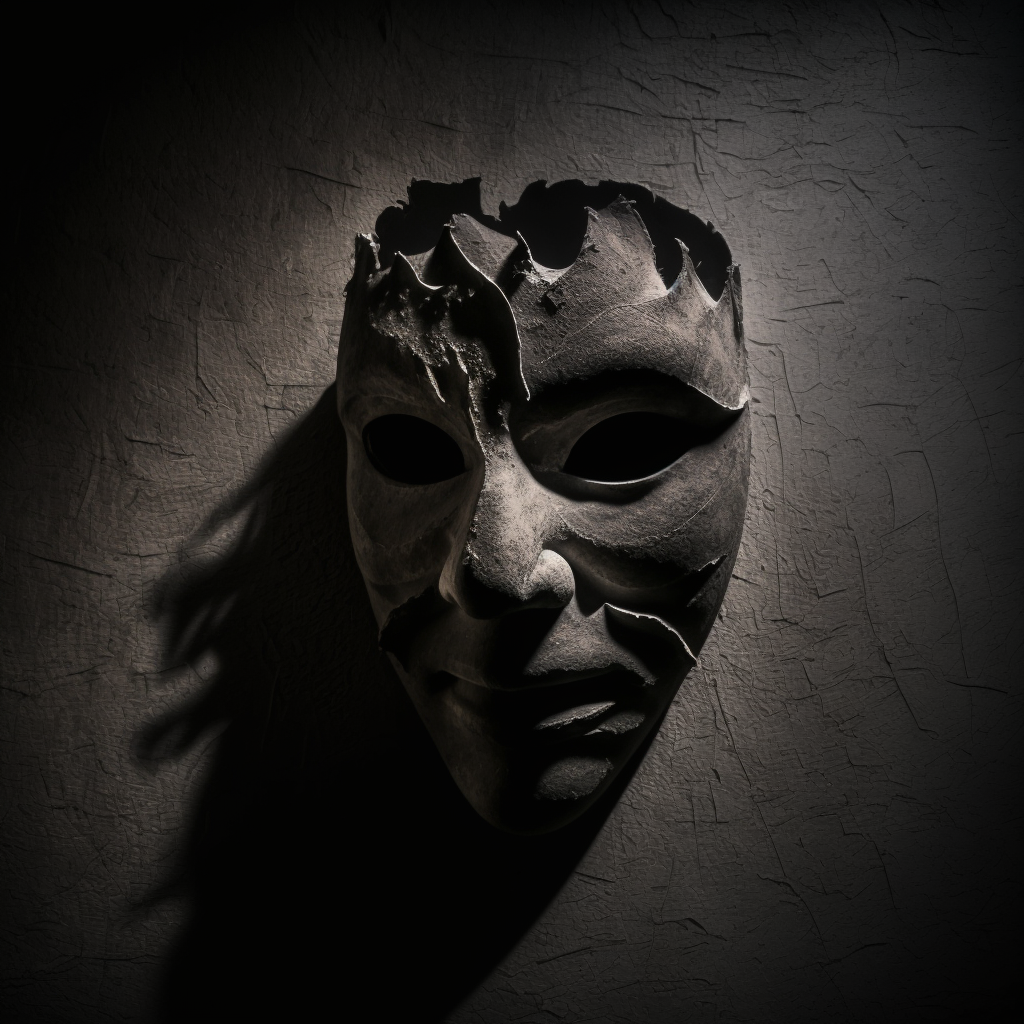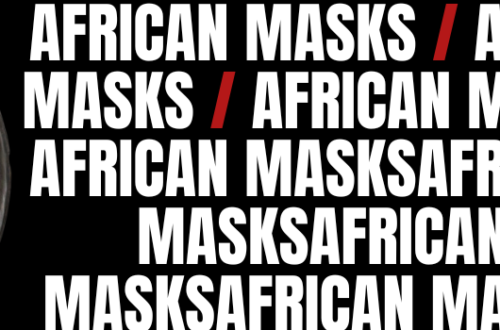Since the earliest times, human beings have struggled untiringly for their survival on earth, managing to adapt and evolve according to their environment and the challenges that it brings. Added to this, the acquisition of consciousness and the perception of reality made them not only have recognition of themself but of other species such as animals and plants and it is there where for different reasons, they begin to seek the personification or transformation of their own appearance.
The word “mask” etymologically speaking could have several meanings: “mask” originates from the French masque or maschera in Italian or másquera from Spanish. The possible ancestors in Latin are mascus, masca = “ghost”, and the Arabic ‘maskharah’ = “jester”, “man with a mask”. However, there is a simpler possible origin, and it would be the combination of the words “more” and “face”, referring to the faces that are added when dawning one of these.
We can find many sources that bring us closer to believing that the origin of the masks goes back to the times of the Egyptians, Greeks and Romans, the reality is that many ethnologists place the birth of the mask to be at the same moment in which the consciousness appeared. It is there where primitive man begins to use masks for hunting purposes, and then discovers a special magic in animal masks. There isn’t much knowledge of this type of artifact from that time since its materials did not allow its conservation, however, thanks to the cave painting we can identify its use; for example, we see Stone Age man, disguised in the skin and antlers of a deer and sticking out his fingers and toes. This was part of a dance designed to attract or increase game/hunt.
The oldest masks that have been discovered are 9,000 years old and are in the Musée “Bible et Terre Sainte” (Paris) and the Israel Museum (Jerusalem). In addition, the practice of masking is most likely much older, dating back to Paleolithic sculpture and rock painting of southwestern Europe (30000-15000 BC) and rock paintings and engravings of Tassili n’Ajjer, in south-eastern Algeria, north Africa (4000-2000 B.C.).
With the passage of time, masks have evolved according to the needs of the period and also changed the materials that composed them, allowing greater conservation until the present. They would no longer be masks made of sticks and organic material, but human beings would begin to sculpt in stone to later give way to the age of metals and thus continue with the course until the production of masks in wood and handmade material such as paper and cardboard occurred.
The truth is that the use of masks has evolved hand in hand with the transformation of human beings and their needs. For this reason, we will explore some of the purposes of the use of these artifacts throughout history.
A mask can allow the wearer to transcend the ordinary physical nature of it, or in some cases to it, and assume the identity of another creature, ancestor, or supernatural forces. In fact, most masks are associated with ceremonial or ritual activities of a social, religious, economic, or political nature. In a performance of simulated reality, they often express the other world of spirits and make visible what is invisible.
As an element of protection for an individual. In the 15th and 16th centuries, Japanese, European, and Middle Eastern armor included a helmet that protected the head and, in some cases, it would make and enemy run for their lives in fear.
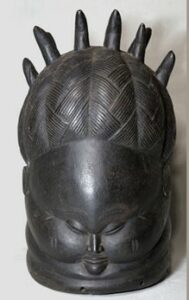
Initiation and coming of age.
Many societies in different parts of the world institutionalize the physical and social transformation that boys and girls undergo at the time of puberty to ritually mark their passage from childhood to adulthood. In Sierra Leone, West Africa, Mende girls begin an initiation process by learning traditional songs and dances and are educated about their future roles as wives and mothers. They finish the ritual forming a procession and parading led by a masked dancer who represents an aquatic spirit. In the case of Congo and Angola we find that both novice initiates and high officials wear masks for the final initiation celebrations and during the seclusion period when boys are socialized into men.
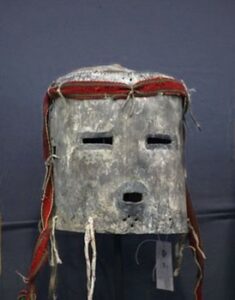
Agricultural fertility. For example, the Hopi of northern Arizona have established a ceremonial cycle to attract clouds and rain, but also promote harmony in the universe to ensure health and long life for the Hopi.
 In theatrical productions. Festivals in ancient Greece used masks, made of linen, cork, or light wood, for both drama and comedy. For tragedies, the masks represented men and women, as well as gods. Animal, bird and insect masks were only found in comedies. Roman culture continued to use theatrical masks, and from the 16th to the 18th centuries, Italian and French traveling troupes used masks or half-masks to exaggerate the features of popular theater characters.
In theatrical productions. Festivals in ancient Greece used masks, made of linen, cork, or light wood, for both drama and comedy. For tragedies, the masks represented men and women, as well as gods. Animal, bird and insect masks were only found in comedies. Roman culture continued to use theatrical masks, and from the 16th to the 18th centuries, Italian and French traveling troupes used masks or half-masks to exaggerate the features of popular theater characters.
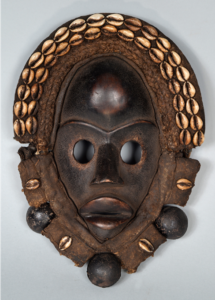
Social control and leadership. The Dan Masks, a politically non-centralized group in southeastern Liberia, function primarily as agents of social control.
 Halloween has developed from an Anglo-Saxon and Celtic ritual to become a major masking event involving children and adults wearing costumes that represent aspects of popular culture, political issues, social transgressions, or personal fantasies.
Halloween has developed from an Anglo-Saxon and Celtic ritual to become a major masking event involving children and adults wearing costumes that represent aspects of popular culture, political issues, social transgressions, or personal fantasies.
In the religious field, they served as essential instruments for sacred rituals.
The truth is that there could be infinite reasons why human beings began to wear masks and are still using them and they could all be true; however, the innate power that wearing a mask brings is one of our favorite inclinations, the need for human being to show themself superior to their peers to acquire a leadership position and thus preserve their interests, to be heard, to be benefited, the masks began as our form of camouflage and finally ended up being our form of exaltation in the midst of the life.
And you, why do you think humans started wearing masks? I wouldn’t love to know your opinion.
